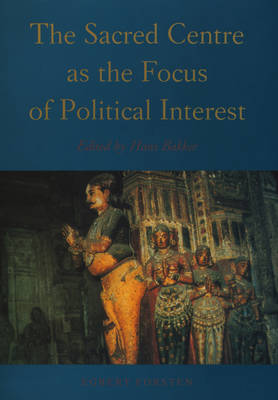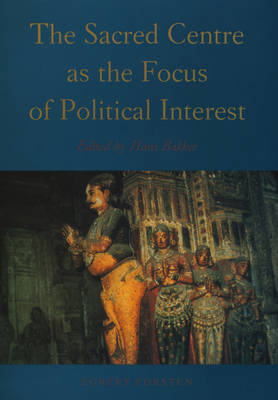
- Afhalen na 1 uur in een winkel met voorraad
- Gratis thuislevering in België vanaf € 30
- Ruim aanbod met 7 miljoen producten
- Afhalen na 1 uur in een winkel met voorraad
- Gratis thuislevering in België vanaf € 30
- Ruim aanbod met 7 miljoen producten
Zoeken
The Sacred Centre as the Focus of Political Interest
€ 83,95
+ 167 punten
Omschrijving
The central theme of the symposium was elaborated upon according to various religions, periods and areas, such as North India (historical) by H. Kulke, A. Wink, J. C. Heesterman and H. T. Bakker; South India (historical) by D. Shulman, B. Stein and G. Berkemer; contemporary India by C.J. Fuller, L.P. van den Bosch and J. P. Parry; Sri Lanka by G. Obeyesekere; the Byzantine Empire by A. N. Palmer; the Moroccan Sultanate by H. Beck, and the European Middle Ages by M. Gosman.
This systematic approach focusing on a well-defined theme in a widely differentiated context appears to be fruitful. An often little recognized, though essential, universal aspect of important places of pilgrimage is their embedment in political ramifications. Analysis of religious structures and representations which are concentrated and reified in sacred centres, shows remarkable agreement and linkage with political institutions and ideology through a common symbolism.
The contributions to the symposium establish that sacred centres are the places par excellence where political authority is legitimized; they help to articulate these systematic aspects by making them the focus of scholarly discourse starting from different disciplines.
This systematic approach focusing on a well-defined theme in a widely differentiated context appears to be fruitful. An often little recognized, though essential, universal aspect of important places of pilgrimage is their embedment in political ramifications. Analysis of religious structures and representations which are concentrated and reified in sacred centres, shows remarkable agreement and linkage with political institutions and ideology through a common symbolism.
The contributions to the symposium establish that sacred centres are the places par excellence where political authority is legitimized; they help to articulate these systematic aspects by making them the focus of scholarly discourse starting from different disciplines.
Specificaties
Betrokkenen
- Uitgeverij:
Inhoud
- Aantal bladzijden:
- 268
- Taal:
- Engels
- Reeks:
- Reeksnummer:
- nr. 6
Eigenschappen
- Productcode (EAN):
- 9789069800363
- Verschijningsdatum:
- 1/01/1992
- Uitvoering:
- Paperback
- Formaat:
- Trade paperback (VS)
- Afmetingen:
- 170 mm x 239 mm
- Gewicht:
- 476 g

Alleen bij Standaard Boekhandel
+ 167 punten op je klantenkaart van Standaard Boekhandel
Beoordelingen
We publiceren alleen reviews die voldoen aan de voorwaarden voor reviews. Bekijk onze voorwaarden voor reviews.







